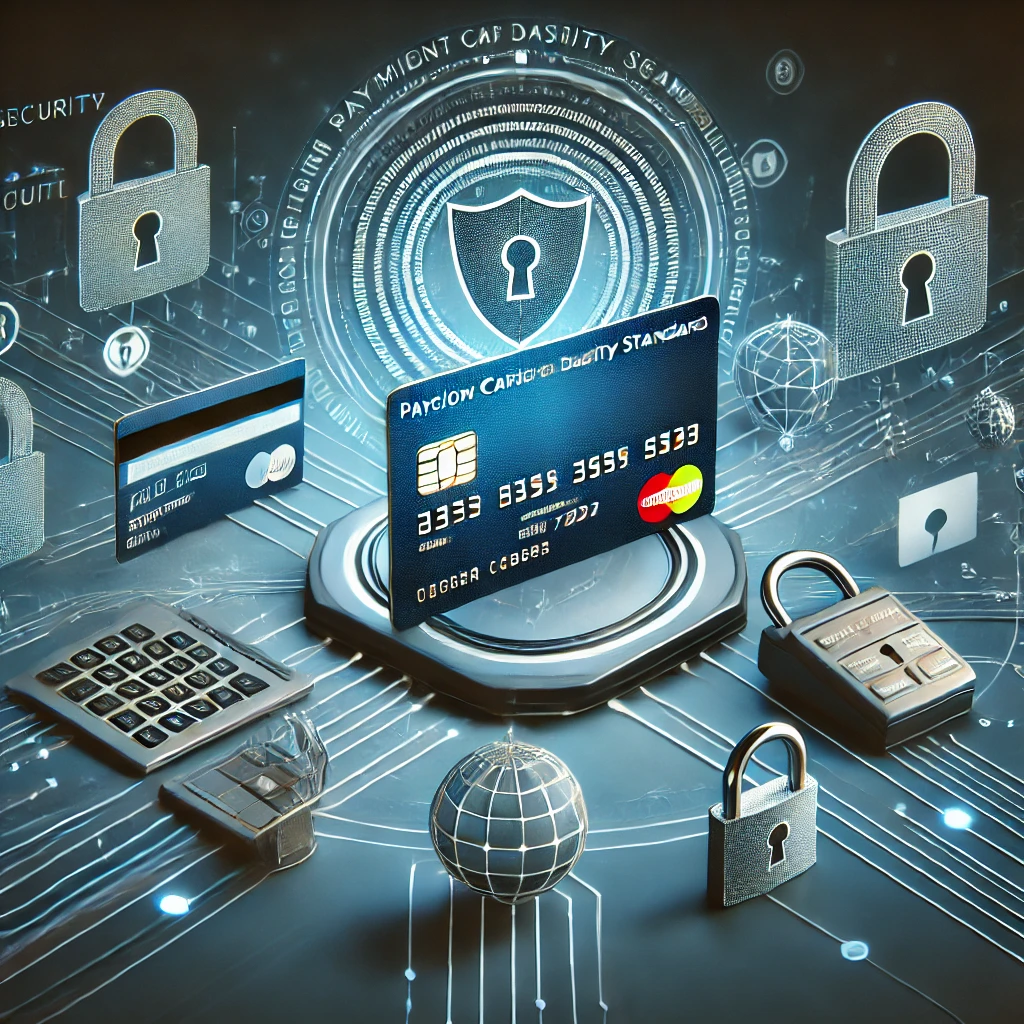A Guide to Zero Trust Security Models: Why It's Essential for Modern Businesses

Categories:
5 minute read
In today’s rapidly evolving digital landscape, traditional security models are increasingly inadequate. With the rise of remote work, cloud computing, and sophisticated cyber threats, organizations must adopt more robust security frameworks. One such framework is the Zero Trust Security Model, which has become essential for modern businesses. This guide will delve into the principles of Zero Trust, its implementation, and why it is critical for securing cloud-based environments.
Understanding the Zero Trust Framework
The Zero Trust model operates on a fundamental principle: “never trust, always verify.” Unlike traditional security models that assume everything inside the corporate network is safe, Zero Trust treats every access request as though it originates from an untrusted network. This paradigm shift is crucial in a world where cyber threats can come from both external and internal sources.
Core Principles of Zero Trust
Verify Explicitly: Every access request must be authenticated and authorized based on various data points, including user identity, device health, location, and data classification. This comprehensive verification process ensures that only legitimate users gain access to sensitive information[1][4].
Use Least-Privilege Access: Users should only have access to the resources necessary for their roles. By implementing just-in-time (JIT) and just-enough-access (JEA) policies, organizations can minimize potential damage from compromised accounts[1][2].
Assume Breach: Organizations should operate under the assumption that breaches will occur. This mindset encourages proactive measures to limit the impact of any breaches that do happen, such as segmenting access and employing end-to-end encryption[1][3]. The Importance of Continuous Verification
Continuous verification is a cornerstone of the Zero Trust model. It involves constantly monitoring user identities and device compliance throughout their interactions with the network. By doing so, organizations can quickly identify anomalies and respond to potential threats before they escalate[2][5].
Why Zero Trust is Essential for Modern Businesses
- Adapting to Remote Work
The COVID-19 pandemic accelerated the shift towards remote work, making traditional perimeter-based security ineffective. Employees now access corporate resources from various locations and devices, increasing vulnerability to cyberattacks. Zero Trust addresses this challenge by ensuring that every access request is verified regardless of location or device[1][4].
- Securing Cloud Environments
As organizations migrate to cloud-based infrastructures, they face unique security challenges. The transient nature of cloud resources complicates traditional security measures. Zero Trust provides a framework that secures applications and data in multi-cloud and hybrid environments by enforcing strict access controls and continuous monitoring[3][5].
- Mitigating Insider Threats
Insider threats pose a significant risk to organizations. Employees may unintentionally or maliciously compromise sensitive information. The Zero Trust model minimizes this risk by limiting user access based on their roles and continuously monitoring their activities within the network[2][4].
- Enhancing Incident Response
With its focus on continuous monitoring and verification, Zero Trust improves an organization’s ability to detect and respond to incidents in real time. This proactive approach allows security teams to mitigate threats quickly, reducing potential damage[5][6].
Implementing a Zero Trust Security Model
Transitioning to a Zero Trust architecture requires careful planning and execution. Here are key steps organizations can take:
Step 1: Identify Critical Assets
Begin by cataloging your organization’s critical assets—data, applications, services, and users. Understanding what needs protection is essential for developing effective security policies[3][5].
Step 2: Map Transaction Flows
Analyze how data flows within your organization. Mapping transaction flows helps identify potential vulnerabilities and areas where security measures need to be implemented or strengthened[3][4].
Step 3: Define Access Policies
Develop clear policies based on least-privilege principles. Specify who should have access to what resources and under what conditions[3][5].
Step 4: Implement Security Technologies
Utilize advanced technologies such as multi-factor authentication (MFA), identity protection solutions, and endpoint security tools to enforce your Zero Trust policies effectively[2][6].
Step 5: Continuous Monitoring and Maintenance
Establish a system for continuously monitoring user activities and network traffic. Regular audits will help ensure compliance with security policies while also identifying any unusual behavior that may indicate a breach[4][5].
Challenges in Adopting Zero Trust
While the benefits of a Zero Trust model are compelling, organizations may face several challenges during implementation:
Complexity: Transitioning from traditional security models to Zero Trust can be complex due to existing infrastructure and processes.
User Experience: Striking a balance between stringent security measures and user convenience is crucial; overly complex systems may lead to frustration among employees.
Cultural Shift: Adopting a Zero Trust mindset requires a cultural shift within the organization where all employees understand their role in maintaining security.
Conclusion
In an era where cyber threats are increasingly sophisticated and pervasive, adopting a Zero Trust Security Model is no longer optional—it’s essential for modern businesses. By implementing this framework, organizations can enhance their security posture against both internal and external threats while ensuring compliance with regulatory requirements.
The journey towards Zero Trust may be challenging, but the benefits—improved visibility into data access, reduced attack surfaces, enhanced incident response capabilities—far outweigh the difficulties. As businesses continue to evolve in this digital age, embracing a Zero Trust approach will be critical in safeguarding their most valuable assets against emerging threats.
By prioritizing continuous verification, least-privilege access, and proactive threat management through a robust Zero Trust framework, organizations can navigate the complexities of today’s cybersecurity landscape with confidence.
Citations: [1] https://www.microsoft.com/en-us/security/business/zero-trust [2] https://www.crowdstrike.com/cybersecurity-101/zero-trust-security/ [3] https://www.paloaltonetworks.com/cyberpedia/what-is-a-zero-trust-for-the-cloud [4] https://cloud.google.com/learn/what-is-zero-trust [5] https://nordlayer.com/learn/zero-trust/cloud-security/ [6] https://www.zscaler.com/resources/security-terms-glossary/what-is-zero-trust [7] https://www.intel.com/content/www/us/en/cloud-computing/zero-trust.html [8] https://www.cloudflare.com/learning/security/glossary/what-is-zero-trust/
Feedback
Was this page helpful?
Glad to hear it! Please tell us how we can improve.
Sorry to hear that. Please tell us how we can improve.